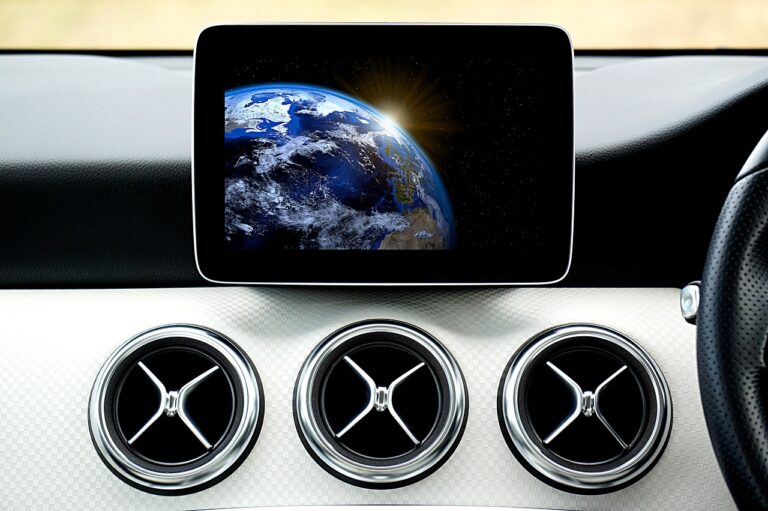Assessing the Role of Vehicle-to-Vehicle (V2V) Communication in Reducing Traffic Accidents
V2V communication holds significant promise in revolutionizing road safety by enabling vehicles to “talk” to each other in real-time. This technology allows vehicles to exchange data about their speed, position, and direction, creating a network that helps prevent accidents and improve traffic flow. By sharing this information instantly, cars can detect potential collisions and take proactive measures to avoid them, ultimately reducing the number of accidents on the road.
In addition to collision avoidance, V2V communication can also enhance road safety by providing warnings about hazardous road conditions, such as ice, heavy rain, or fog. This real-time exchange of data allows drivers to be better informed and make safer decisions while on the road. Moreover, V2V communication can help optimize traffic management by reducing congestion and improving the overall efficiency of transportation systems. By leveraging this technology, we have the opportunity to create safer and more sustainable roads for the future.
Understanding the Technology Behind V2V Communication
V2V communication, or vehicle-to-vehicle communication, is a cutting-edge technology that enables vehicles to wirelessly exchange crucial information with one another. This exchange of data allows vehicles to communicate their speed, position, direction, and other relevant details to nearby vehicles in real-time. By doing so, V2V communication plays a key role in improving road safety by providing drivers with enhanced situational awareness and the ability to anticipate potential hazards on the road.
At the core of V2V communication lies the use of Dedicated Short-Range Communications (DSRC) technology, which operates on the 5.9 GHz band. DSRC facilitates secure and reliable communication between vehicles by enabling them to exchange data within a range of up to 300 meters. This technology employs a combination of GPS data, sensors, and communication protocols to ensure that vehicles can transmit and receive information accurately and quickly. The seamless integration of DSRC technology into vehicles paves the way for a smarter and more interconnected transportation system that holds immense promise for improving road safety and enhancing the overall driving experience.
What is V2V communication?
V2V communication stands for Vehicle-to-Vehicle communication, which allows vehicles to communicate with each other wirelessly to share information about their speed, position, and other important data.
How does V2V communication enhance road safety?
V2V communication enhances road safety by allowing vehicles to exchange information in real-time, helping to prevent accidents, reduce traffic congestion, and improve overall road efficiency.
What technology enables V2V communication?
V2V communication is made possible through the use of Dedicated Short-Range Communications (DSRC) technology, which allows vehicles to communicate with each other within a certain range.
Are there any privacy concerns with V2V communication?
Privacy concerns with V2V communication include the potential for hackers to intercept or manipulate the data being transmitted between vehicles. However, encryption and security measures are being implemented to address these concerns.
Will V2V communication be mandatory in all vehicles in the future?
While there is no current mandate for V2V communication in all vehicles, regulatory bodies and automotive manufacturers are exploring the possibility of making it a standard feature in the future to improve road safety.





